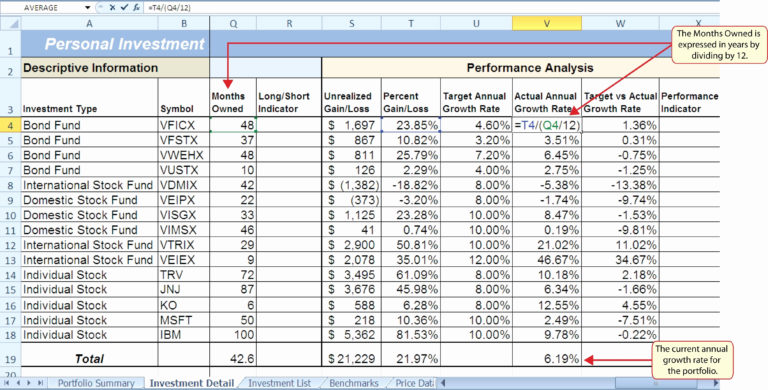
But where do you start in finding the perfect DMS? You don’t want to use an electronic file storage system like Google Docs or Dropbox because those programs just aren’t secure enough or feature-rich enough to work for a sophisticated business accounting system. The whole process starts with finding the right document management system (DMS) to use for your company’s new electronic files. Between digitizing old files and setting up an electronic folder structure that makes sense for the way your company organizes its financial documentation, getting started with electronic bookkeeping will take some time. The lone drawback to adopting an electronic file system for your bookkeeping records is the time and effort it will take to make the switch. Suffice it to say that there are many, many reasons to ditch your paper bookkeeping file system and move to an electronic filing system instead. Digitizing your records can save time, hassle, paper resources, office/storage space, and more. If your business hasn’t yet moved into the digital realm for organizing its bookkeeping records, then the time has come. Getting Started with an Electronic Bookkeeping System Instead, with electronic filing systems, those individuals can easily store, locate, retrieve, and share bookkeeping records digitally. Nowadays, those in charge of payroll for a business no longer have to dig through disorganized filing cabinets or bankers boxes to find what they need.

Luckily, technology-or more specifically, the advent of electronic file management systems-has made it easier, faster, and more convenient for businesses to organize their bookkeeping records. Needless to say, going back through those paper bookkeeping records later-whether to prepare for tax season or simply to assess the company’s financial state-was something of a nightmare. From paid and unpaid invoices to clients, to payroll information for employees, to other payment information for independent contractors, businesses had to organize a lot of paper files.

It used to be that companies would store and organize their bookkeeping records in banker’s boxes or file cabinets, accruing pages upon pages of paper documents about their financial affairs.


 0 kommentar(er)
0 kommentar(er)
